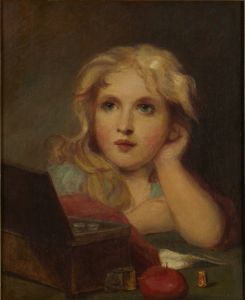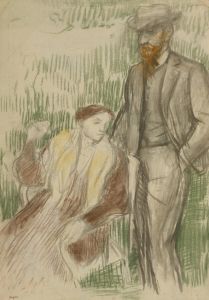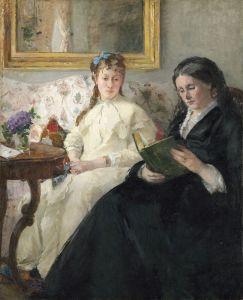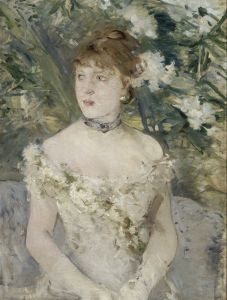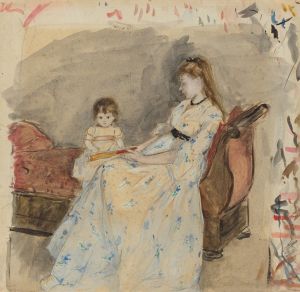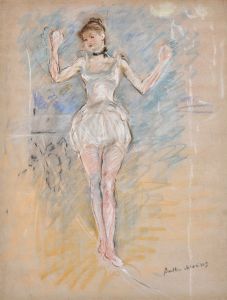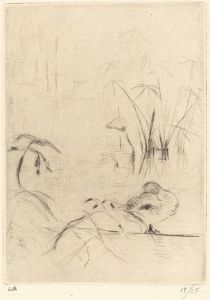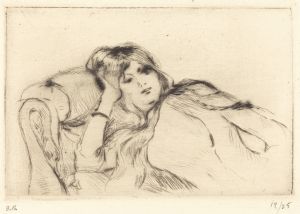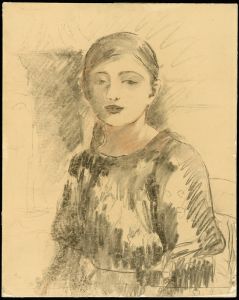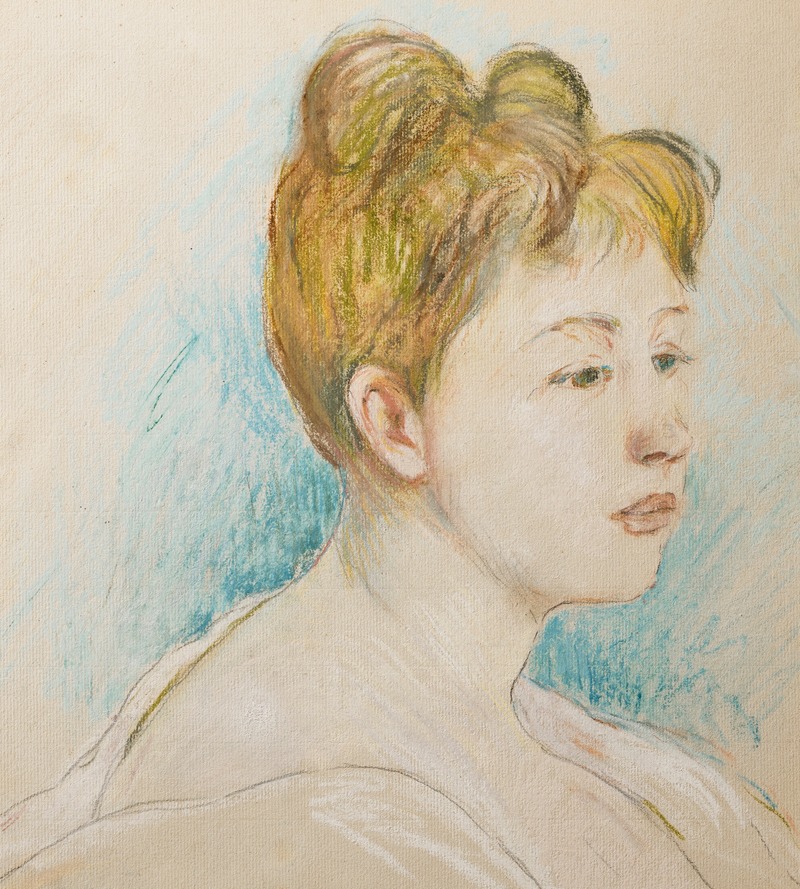
Miss P
A hand-painted replica of Berthe Morisot’s masterpiece Miss P, meticulously crafted by professional artists to capture the true essence of the original. Each piece is created with museum-quality canvas and rare mineral pigments, carefully painted by experienced artists with delicate brushstrokes and rich, layered colors to perfectly recreate the texture of the original artwork. Unlike machine-printed reproductions, this hand-painted version brings the painting to life, infused with the artist’s emotions and skill in every stroke. Whether for personal collection or home decoration, it instantly elevates the artistic atmosphere of any space.
Berthe Morisot, a prominent French Impressionist painter, is known for her delicate and nuanced portrayals of domestic life and intimate scenes. One of her notable works is "Miss P," which exemplifies her unique style and approach to painting. Although specific details about "Miss P" are limited, we can explore Morisot's broader artistic context and her contributions to the Impressionist movement to better understand the significance of her work.
Berthe Morisot was born on January 14, 1841, in Bourges, France, into a family that encouraged her artistic pursuits. She was one of the few women who played a central role in the Impressionist movement, which emerged in the late 19th century. Morisot's work is characterized by its light brushwork, use of color, and focus on capturing the fleeting effects of light and atmosphere. Her paintings often depict women, children, and domestic settings, offering a glimpse into the private lives of her subjects.
Morisot's involvement with the Impressionists began in the 1860s when she met Édouard Manet, who became a significant influence and close friend. She participated in the first Impressionist exhibition in 1874 and continued to exhibit with the group in subsequent years. Her work was well-received, and she gained recognition for her ability to convey the subtleties of everyday life with sensitivity and grace.
"Miss P" is a testament to Morisot's skill in capturing the essence of her subjects. While specific information about the painting's creation and subject matter is scarce, it likely reflects her interest in portraying women and children in intimate settings. Morisot often painted her family members and close friends, using them as models to explore themes of femininity and domesticity.
Morisot's technique involved loose brushwork and a soft color palette, which allowed her to convey a sense of immediacy and movement. Her paintings often feature a harmonious blend of colors, creating a sense of unity and balance. This approach is evident in "Miss P," where the interplay of light and shadow adds depth and dimension to the composition.
Throughout her career, Morisot faced challenges as a female artist in a male-dominated field. However, she persevered and became a respected figure in the art world. Her work has been celebrated for its innovative approach and its ability to capture the beauty of everyday moments.
In summary, while specific details about "Miss P" by Berthe Morisot are limited, the painting is an example of her mastery in depicting intimate and domestic scenes. Morisot's contributions to the Impressionist movement and her unique perspective as a female artist have left a lasting impact on the art world. Her work continues to be studied and appreciated for its artistic merit and historical significance.







